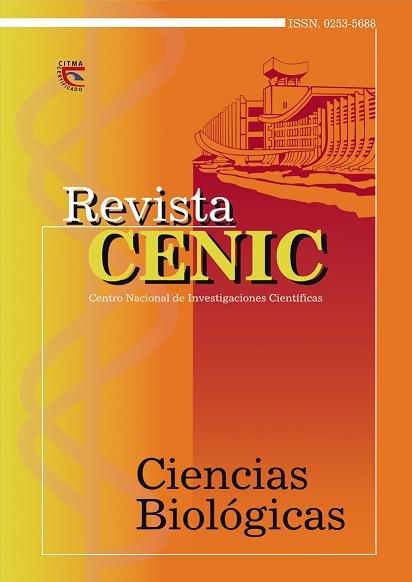Control y prevención de la contaminación microbiana en la micropropagación de plantas
Abstract
Microbial contamination is one of the major problems for plant micropropagators in the world because it causes big losses. Bacteria, yeast and filamentous fungi are generally reported as contaminants and man, environment, equipment and explants are indicated as the principal source of these contaminants. Microbial contamination is a multicausal problem since the microorganism can be introduced both with the initial explant and in the laboratory and mites, trips and ants can spread it. The negative effects of microbial contaminants on plantlets may be considerable if it is taking in consideration that microorganism compete with plants for the nutrient and cause direct or indirect damage by tissue colonization or secretion into the medium of toxic metabolites. There are ways to prevent and control contamination, but it is necessary to know which microorganism is involved and its source. For control of microbial contamination plant propagators use different ways such as increase of aseptic techniques, stock plant treatment, subculture of plantlets in media with antimicrobial compounds of natural or synthetic origin, etc. Each plant tissue culture laboratory has particular characteristics that differentiate it from the rest. It is necessary that all operation and the areas where microorganism can be introduced are systematically verified and controlled. After this the application of rapid and sure methods for the detection
of contamination and the use of different alternatives for its control will lead to more efficient conditions of productivity and will reduce the negative consequences of these phenomena.
Downloads

Downloads
Published
How to Cite
Issue
Section
License
Copyright (c) 2000 Copyright (c) 2000 Revista CENIC Ciencias Biológicas

This work is licensed under a Creative Commons Attribution-NonCommercial-ShareAlike 4.0 International License.
Los autores que publican en esta revista están de acuerdo con los siguientes términos:
Los autores conservan los derechos de autor y garantizan a la revista el derecho de ser la primera publicación del trabajo al igual que licenciado bajo una Creative Commons Atribución-NoComercial-CompartirIgual 4.0 Internacional que permite a otros compartir el trabajo con un reconocimiento de la autoría del trabajo y la publicación inicial en esta revista.
Los autores pueden establecer por separado acuerdos adicionales para la distribución no exclusiva de la versión de la obra publicada en la revista (por ejemplo, situarlo en un repositorio institucional o publicarlo en un libro), con un reconocimiento de su publicación inicial en esta revista.
Se permite y se anima a los autores a difundir sus trabajos electrónicamente (por ejemplo, en repositorios institucionales o en su propio sitio web) antes y durante el proceso de envío, ya que puede dar lugar a intercambios productivos, así como a una citación más temprana y mayor de los trabajos publicados (Véase The Effect of Open Access) (en inglés).














